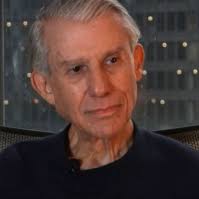This piece was reprinted by OpEd News with permission or license. It may not be reproduced in any form without permission or license from the source.
It's produced for ten currencies with 15 maturities. It represents the London market's lowest cost of unsecured funding. It's the primary global short-term rate benchmark.
Since the 1980s, it expanded exponentially in importance. London's status grew as an international financial center. It's the world's largest.
Over 20% of all international bank lending occurs there and more than 30% of all foreign exchange transactions.
Over 240 of the world's largest banks operate key parts of their international business there. It's the world's "cowboy finance capital," says economist Jack Rasmus.
In the 1980s, libor began growing in importance. Demand grew for an accurate measure of the real rate at which banks and other financial institutions could borrow from each other.
It affects the price and availability of capital. The higher Libor goes, the greater the borrowing cost for business, individuals, real estate and other loans.
Libor anchors contracts for multi-trillions of dollars. One analyst said it's like plumbing. When working well, it isn't noticed. When not, all hell breaks loose.
It's a vital factor in the interest rate swaps market. These contracts let one bank or other organization pay a fixed rate of interest on a given amount of money from another financial institution.
Next Page 1 | 2 | 3 | 4 | 5 | 6 | 7 | 8 | 9 | 10 | 11
(Note: You can view every article as one long page if you sign up as an Advocate Member, or higher).





